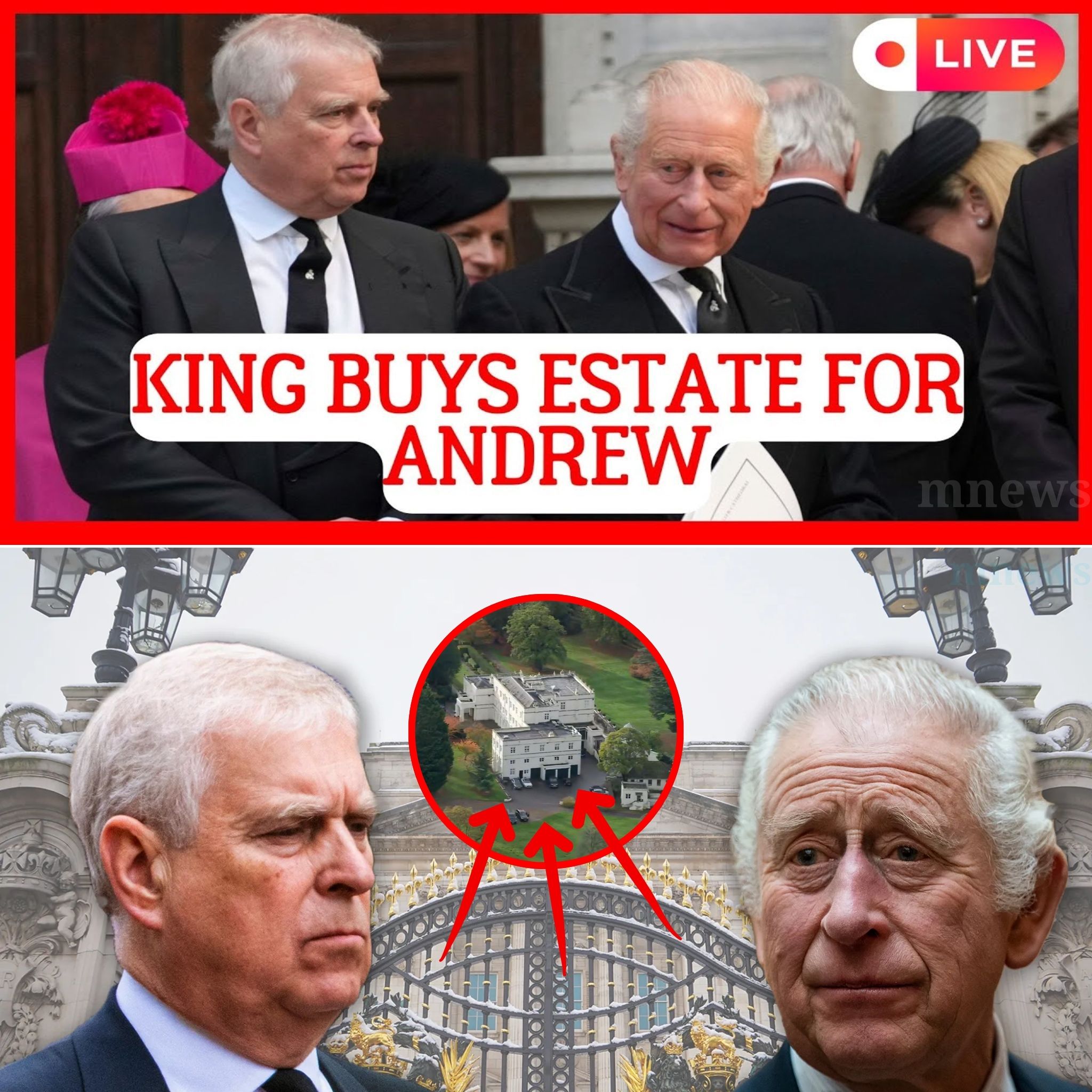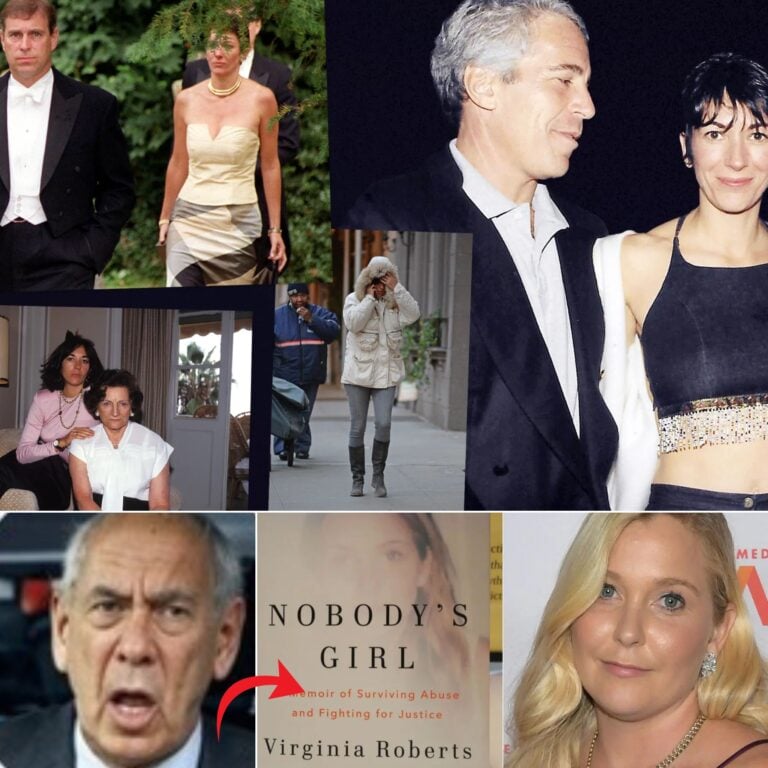In a decision that has reverberated through royal and political circles alike, King Charles III has formally announced that his embattled brother, Prince Andrew, will be relocating to the Sandringham estate — the sprawling, historic retreat in Norfolk long regarded as one of the crown’s most treasured properties.

The move, expected to take effect by 2026, represents more than a mere change of address. For the monarchy, it is a strategic recalibration, an act of quiet control designed to draw a dignified line under one of the institution’s most contentious chapters.
A royal retreat, redefined
Nestled within 20,000 acres of woodland and sweeping parkland, Sandringham has been a private sanctuary for generations of monarchs — from King George VI to Queen Elizabeth II, who adored spending Christmas there. For King Charles, it now becomes something more: a symbol of a monarchy that blends continuity with reform.
Royal sources describe the decision as “a pragmatic repositioning” — both in optics and cost. By relocating Andrew from his Windsor residence, Royal Lodge, to the Norfolk estate, Charles continues his mission to streamline royal operations, centralizing resources and projecting an image of modern efficiency.
A calculated narrative shift
Accompanying the announcement was a visually stunning promotional video released by the Royal Household. Against sweeping drone shots of Sandringham’s gardens and woodlands, the short film invited the public to “rediscover the royal heart of Norfolk.” The message was unmistakable — this was not about punishment, but renewal.
“The Sandringham video isn’t just about beauty,” observed royal commentator Dr. Helena Grant. “It’s a subtle repositioning of Andrew’s story — replacing scandal with scenery, controversy with calm.”
Social media reactions suggest the move may already be working. Fans flooded royal forums with praise for the estate’s charm, calling the decision “smart,” “graceful,” and “a return to royal tradition.” One user wrote: “If anywhere can bring peace back to the family, it’s Sandringham.”
Exile or rehabilitation?
Still, beneath the public charm offensive lies a more complex truth. For some observers, Andrew’s move to Sandringham feels less like renewal and more like royal containment — a gilded exile that removes him from Windsor’s visibility without stripping him of royal association entirely.
“Sandringham is beautiful, but it’s also remote,” one former palace aide noted. “It’s a quiet corner of the royal map — perfect for disappearing from view while maintaining the illusion of inclusion.”
The Duke of York, once a central figure of royal life, has seen his public role dissolve in the wake of controversy. Though he retains his HRH title in private use, his name has largely vanished from official engagements. This relocation may, in effect, be the final act of Charles’s long-term plan to draw clear lines between the working royals and those permanently sidelined.
The King’s evolving monarchy
For King Charles, every move now is a matter of legacy. His reign has been defined by quiet strategy — a monarch intent on preserving the crown’s dignity while navigating a century of heightened transparency. The Sandringham decision encapsulates that philosophy: firm but measured, steeped in tradition yet attuned to modern optics.
As one palace insider summarized:
“It’s not exile — it’s management. Charles is protecting both the institution and the individual. That’s the mark of his kingship.”
The coming months will reveal whether this new chapter brings reconciliation or quiet retreat. But one thing is certain: Sandringham, once a backdrop to royal holidays and family gatherings, is now the stage for a new kind of royal story — one where symbolism, perception, and legacy are more intertwined than ever.







